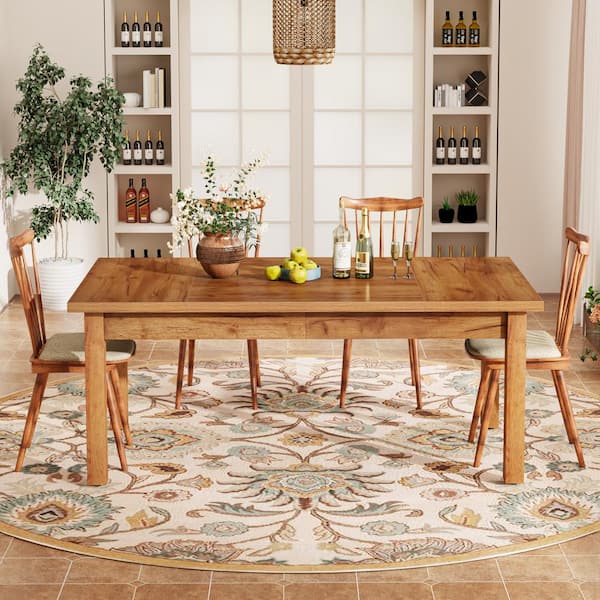Customized Dining Room Table Legs: A Stylish Addition to Any Home
The Ultimate Overview to Selecting the Ideal Styles for Table Legs
Selecting the ideal designs for dining table legs is a nuanced process that requires stabilizing visual charm with functional considerations. Custom alternatives use a chance for personal expression, ensuring your table comes to be a special focal point.
Modern Table Legs
In the world of modern furniture layout, modern-day dining table legs stand out for their streamlined and ingenious looks. Defined by clean lines and minimal types, these legs often make use of materials such as stainless steel, chrome, and toughened up glass to produce a sophisticated aesthetic appeal. Not just do they improve the total sophistication of the dining table, yet they likewise add to its structural honesty and practical versatility.
Among the key attributes of modern dining table legs is their versatility to numerous table tops, from marble and glass to timber and engineered surface areas. Developers frequently experiment with geometric shapes, consisting of angular, tapered, and even sculptural kinds, to add an one-of-a-kind touch to every piece. This strategy not only makes sure a contemporary look yet also enables greater personalization to match individual preferences and indoor decor.
Modern eating table legs likewise highlight simplicity of upkeep and resilience. Therefore, contemporary dining table legs embody both form and function, making them a popular choice in today's design landscape.
Rustic Farmhouse Styles
While modern-day table legs mesmerize with their sleek, minimal layouts, rustic farmhouse designs provide a contrasting yet equally compelling approach to furnishings looks. Rooted in simpleness and capability, rustic farmhouse table legs often feature robust, strong wood constructions that stimulate a sense of warmth and practice. These styles generally include recovered or distressed timber, adding personality and a vintage charm to any kind of dining room.
One of one of the most distinguishing features of rustic farmhouse table legs is their significant, durable look. Commonly crafted from oak, pine, or various other hardy timbers, these legs can consist of a variety of forms, from straight and square to elegantly turned or tapered styles (dining room table legs). The craftsmanship highlights resilience, with hand-finished information that highlight the natural grain and blemishes of the wood, making each piece distinctly stunning
Additionally, rustic farmhouse legs often use time-honored joinery strategies, such as mortise and tenon joints, ensuring security and long life. This style is especially fit for producing a comfy, inviting environment, excellent for household gatherings and common eating experiences. By integrating rustic farmhouse table legs, one can easily mix functionality with classic visual appeals, attaining a classic charm that improves the eating setting.
Classic and Ageless Styles
Long-lasting elegance defines traditional and ageless eating table leg layouts, seamlessly blending custom with class. These layouts record the significance of enduring charm, typically including detailed workmanship that admires historical styles while maintaining a contemporary appeal (dining room table legs). The aesthetic balance achieved through such legs ensures they remain relevant and stylish across various interior setups, from traditional to modern homes

Moreover, the flexibility go to this web-site of timeless table legs allows them to match numerous tabletop layouts, creating a cohesive and harmonious eating experience. Their classic nature ensures that they endure altering patterns, making them a useful investment for any dining room. Whether you seek underrated refinement or grandiose charm, traditional eating table legs supply an excellent blend of form and function, enhancing the overall aesthetic of your dining area.
Custom-made and Special Alternatives
When it involves eating table leg designs, personalized and one-of-a-kind alternatives offer a distinctive way to display individual preference and creative thinking. These selections permit home owners and developers to relocate beyond traditional styles, creating a table that really reflects individual design and the total style of the dining area. Customized legs can be crafted in a myriad of shapes, dimensions, and patterns, from detailed makings to contemporary geometric forms, article enabling endless opportunities.
Special table legs can serve as a focal point in an area, attracting interest and sparking discussion. For instance, legs fashioned to resemble tree branches can bring a touch of nature inside, while sculptural steel legs can impart a modern and commercial flair. Another preferred pattern is incorporating multimedias, such as integrating wood with steel or glass, to create a striking comparison and added aesthetic rate of interest.

Product and Finish Choices
Picking the ideal product and finish for dining table legs is crucial to achieving the preferred aesthetic and functionality. The selection of materials can significantly impact the table's resilience, upkeep, and general design. Typical materials for eating table legs consist of timber, metal, and acrylic.
Metal legs, such as those made from stainless steel or iron, offer a modern and commercial look. Polymer legs, although less traditional, supply a contemporary and ventilated feel, perfect for smaller rooms or minimalist layouts.
The surface put on the legs additionally refines their look and resilience. Timber legs can be stained to boost their natural grain or repainted for a more uniform appearance. Metal legs could be polished for a streamlined surface or powder-coated for included protection against wear and deterioration. Acrylic legs commonly require very little finishing however take advantage of regular cleaning to keep their clarity.
Ultimately, the choice of product and coating ought to line up with the eating table's total design, usage demands, and the existing décor of the dining area.
Verdict
The choice of dining table legs considerably impacts the aesthetic and capability of an eating area. Modern styles provide sleek, minimal allure, while rustic farmhouse styles offer warmth and character. Mindful factor to consider of these aspects guarantees a harmonious and aesthetically enticing dining area.